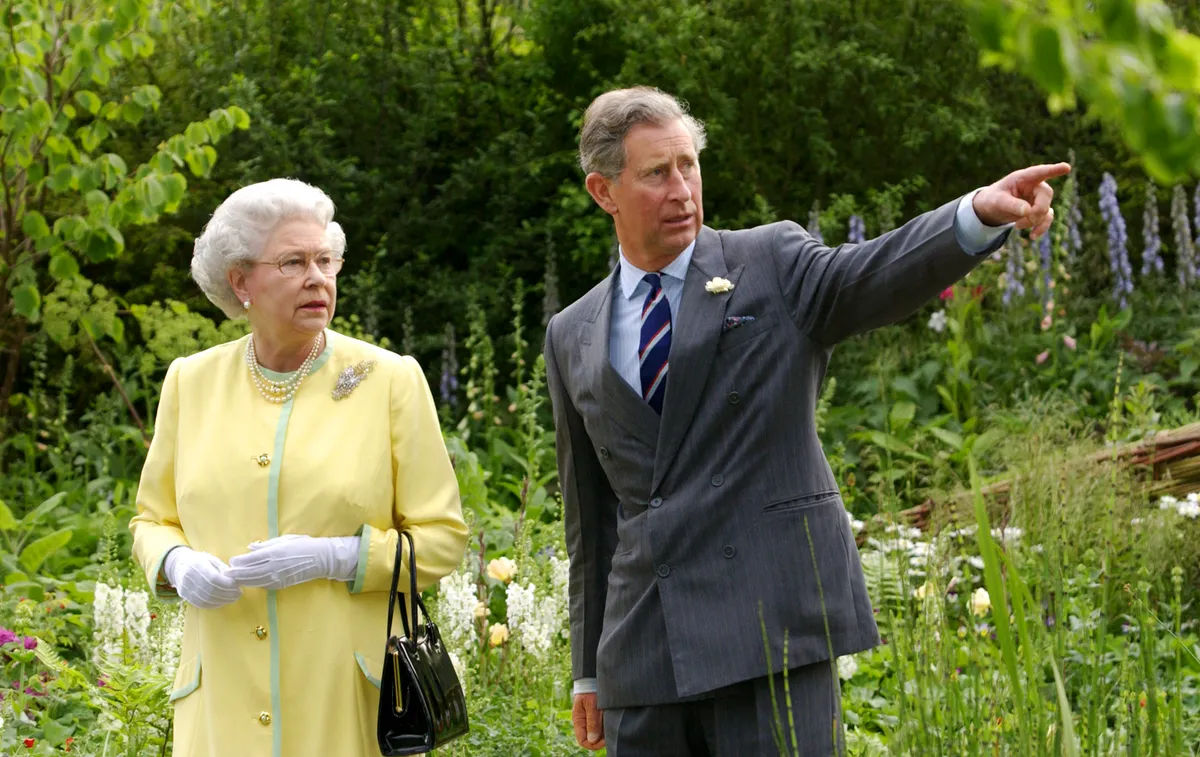I write this shortly after the news of the death of Her Majesty Queen Elizabeth II.
I was born on our dear late Queen’s birthday, 21 April, a fact of which my own grandmother frequently reminded me and, I suspect, one of the things she was most proud of. As a child growing up in New Zealand, I looked to Mother England with rose-tinted glasses, and many years later, I still do. A portrait of The Queen has pride of place in my hallway. I admire her for the person she was, her great dignity, the interest she showed in all those she met and the dedication with which she pursued her passions – for dogs, for horses and, particularly latterly, for gardening.
Horticulture was clearly a subject close to her heart and one in which she took an active interest. From a young age The Queen attended the RHS Chelsea Flower Show with her parents, and she became patron of the Royal Horticultural Society in 1952 when she ascended the throne. She continued to attend regularly throughout her reign, taking a private tour of the show with the director general of the RHS before it was officially opened to the public. In total she visited the flower show more than 50 times and had a great understanding of the fashions of the day as well as the latest plants and technological developments. In 2022, for the first time, The Queen required a buggy to get around the extensive grounds, a clear signal of how important the show remained to her even as her health began to fail.
For The Queen, being a patron didn’t just mean putting her name to something
The Queen was also the patron of her ‘local’ horticultural club, The Royal Windsor Rose and Horticulture Society, for over 70 years. With so many demands on her time and title, The Queen didn’t take on these appointments lightly. Earlier this year, at the Royal Windsor Flower Show one floral competition was dedicated to The Queen and the winning display was presented to her for her breakfast table. For The Queen, being a patron didn’t just mean putting her name to something and she clearly took a keen interest in the society’s activities.

The Queen also greatly enjoyed the gardens at the four homes between which she and her late husband, Prince Philip, divided their time, Windsor Castle, Buckingham Palace, Balmoral and Sandringham. All these gardens are in a way public, used as they are to entertain guests from all over the world; but each also had a space that was designed specifically for the family with privacy in mind. And let us not forget that so much of The Queen’s public life in summer was spent in gardens, mostly at garden parties.
In 2002 the renowned landscape architect Tom Stuart-Smith designed a garden for Windsor Castle to mark The Queen’s Golden Jubilee. When the plans were sent back to his office, The Queen had written on them in large red writing, ‘WE WANT COLOUR’. Her love of colour is clear from her taste in clothes, and she evidently loved vivid borders too.
On a Monday morning when The Queen was at Buckingham Palace the gardens manager would bring her a posy of garden flowers
A similar theme runs through all The Queen’s gardens, with their wide lawns, water and roses. The east terrace at Windsor was redesigned by Prince Philip with beds of roses and a central pool. The prince also designed a ‘sitting out’ garden at Windsor, as a place for the family to spend time away from the eyes of the public. In all her gardens The Queen liked to have a place to walk the corgis. At Windsor, this was Frogmore House, while at Buckingham Palace, home of the biggest summer garden parties, there is a small private space to walk the dogs along with a summer house complete with telephone so The Queen could relax but also take important calls while the dogs played. On a Monday morning when The Queen was at Buckingham Palace the gardens manager would bring her a posy of garden flowers, whatever was in season.
In summer, The Queen would move to Balmoral, basing herself there for two months. Prince Philip redesigned the gardens there too, adding such things as herbaceous borders which would look their best during summer. Christmas was invariably spent at Sandringham, where much of the garden was created by her parents, King George VI and Queen Elizabeth, who divided the garden into a series of rooms using yew hedges. The Queen may have inherited all these homes, but she and her husband made the gardens their own, creating spaces they could use and enjoy.
Interested and committed as she was, though, I do not think anyone would claim that her Majesty The Queen should be regarded as a great gardener in the same way as her son, HM King Charles III. He is renowned for his enduring and very active passion for gardens, plants and the natural world. Perhaps we should consider Charles as the greatest gift The Queen has given to horticulture. Long live the King!





